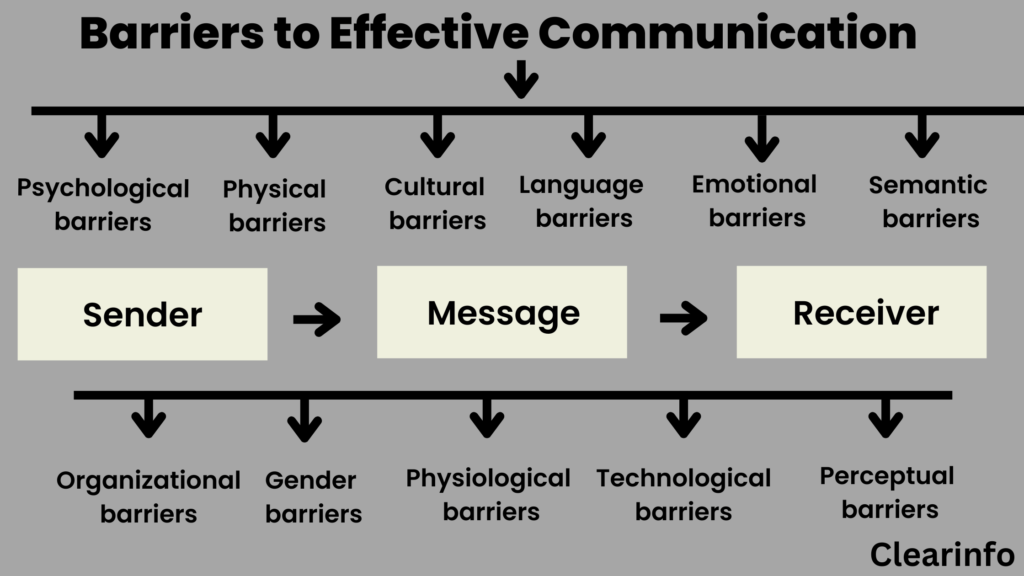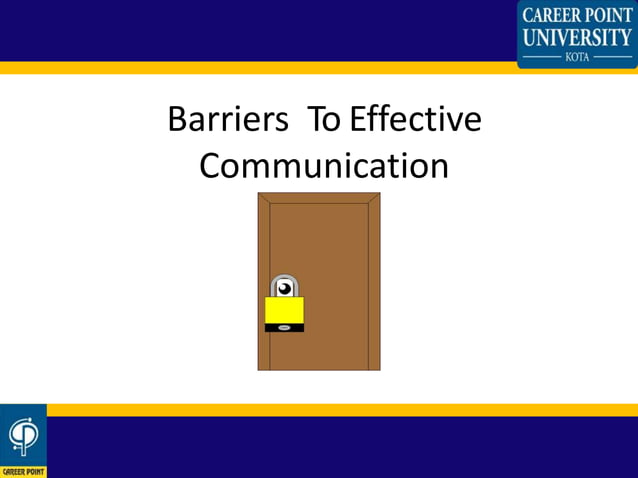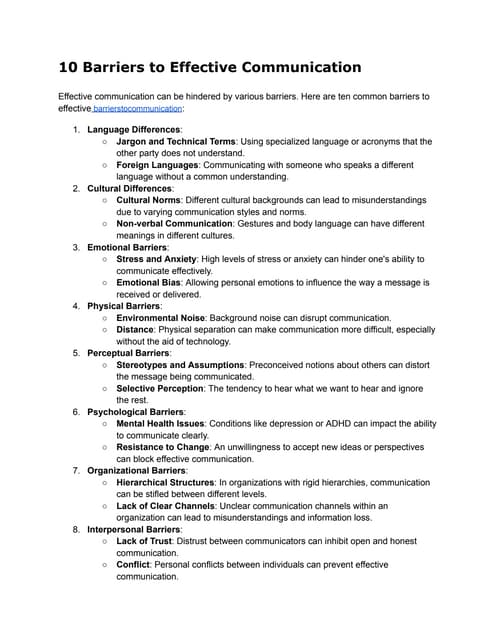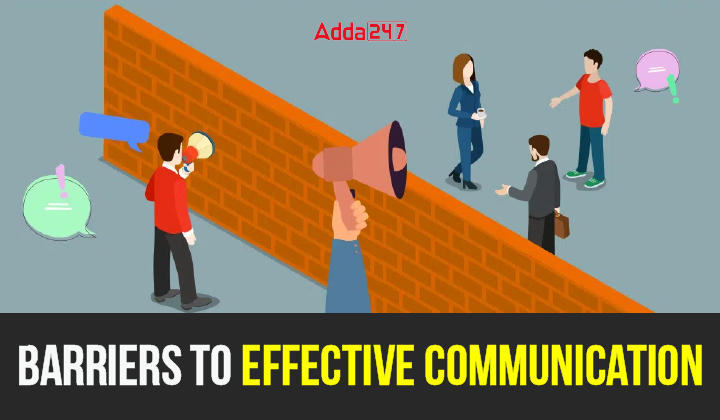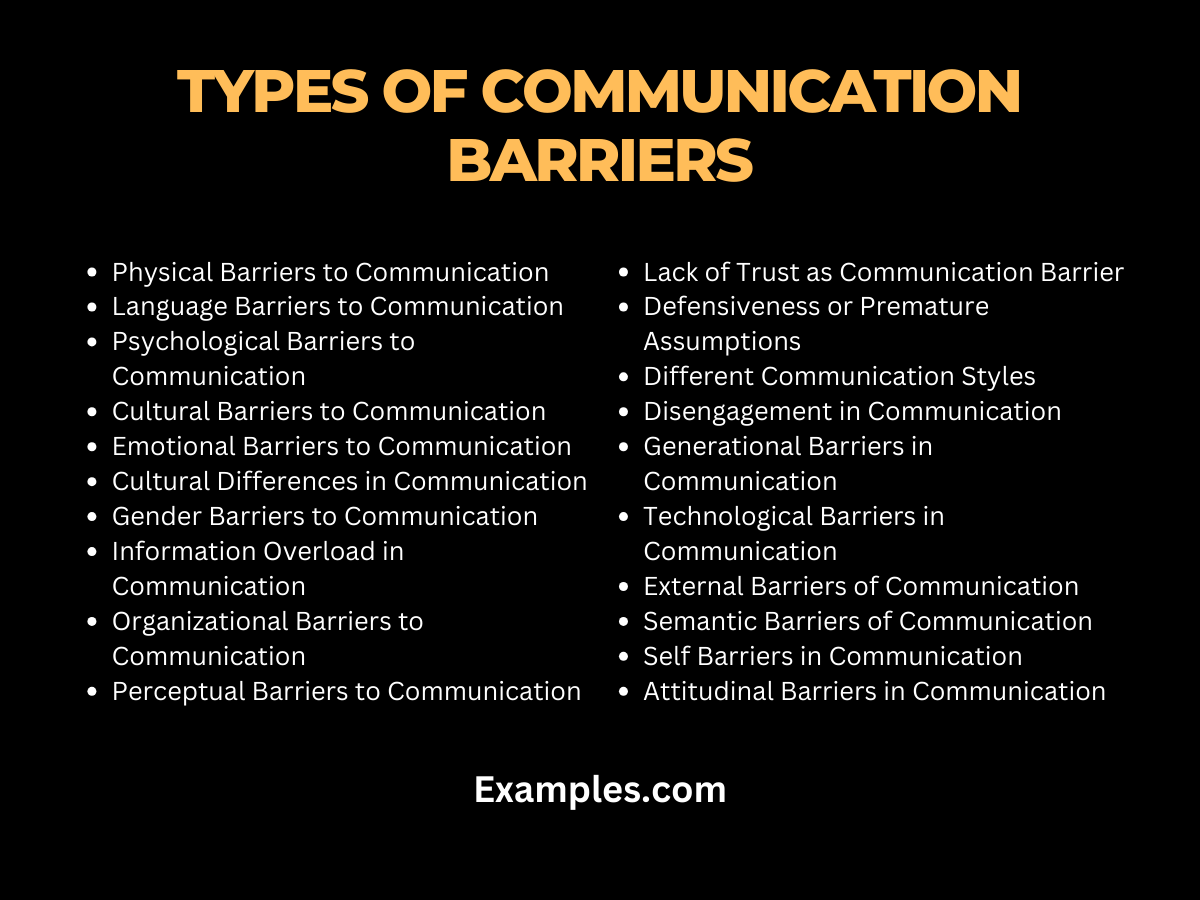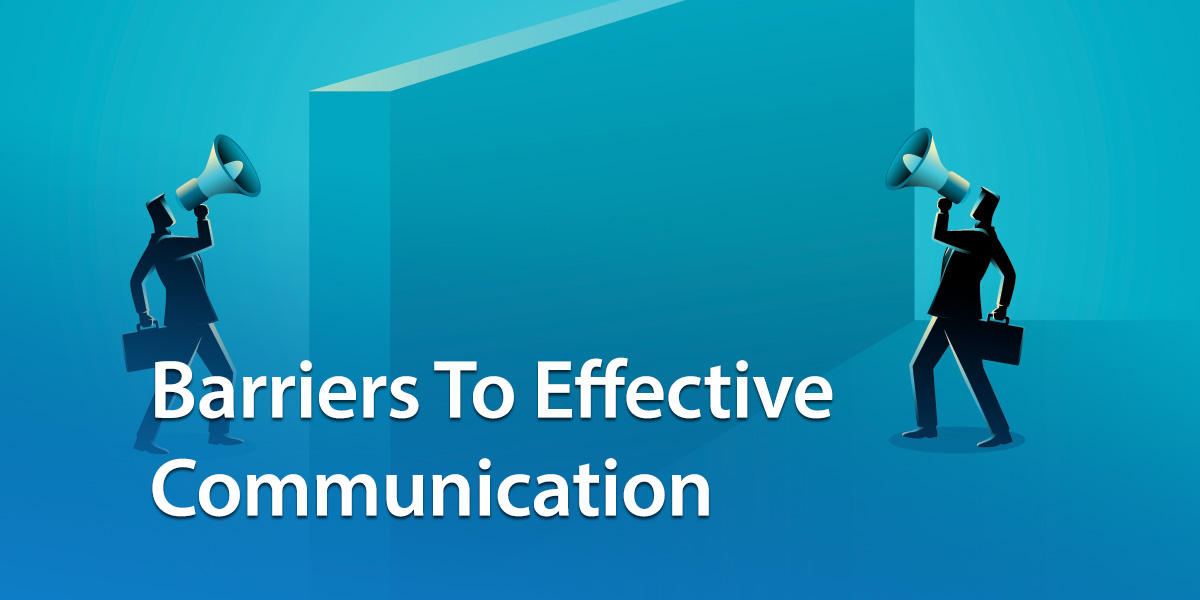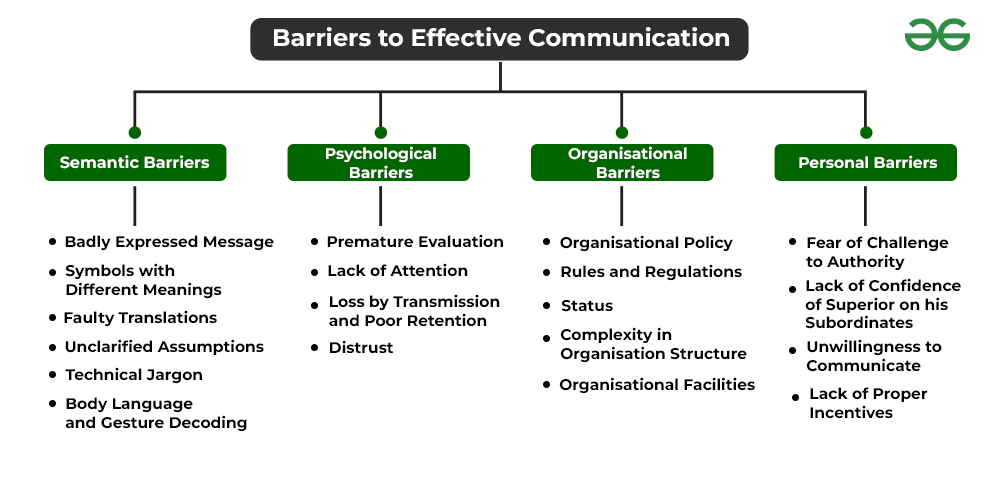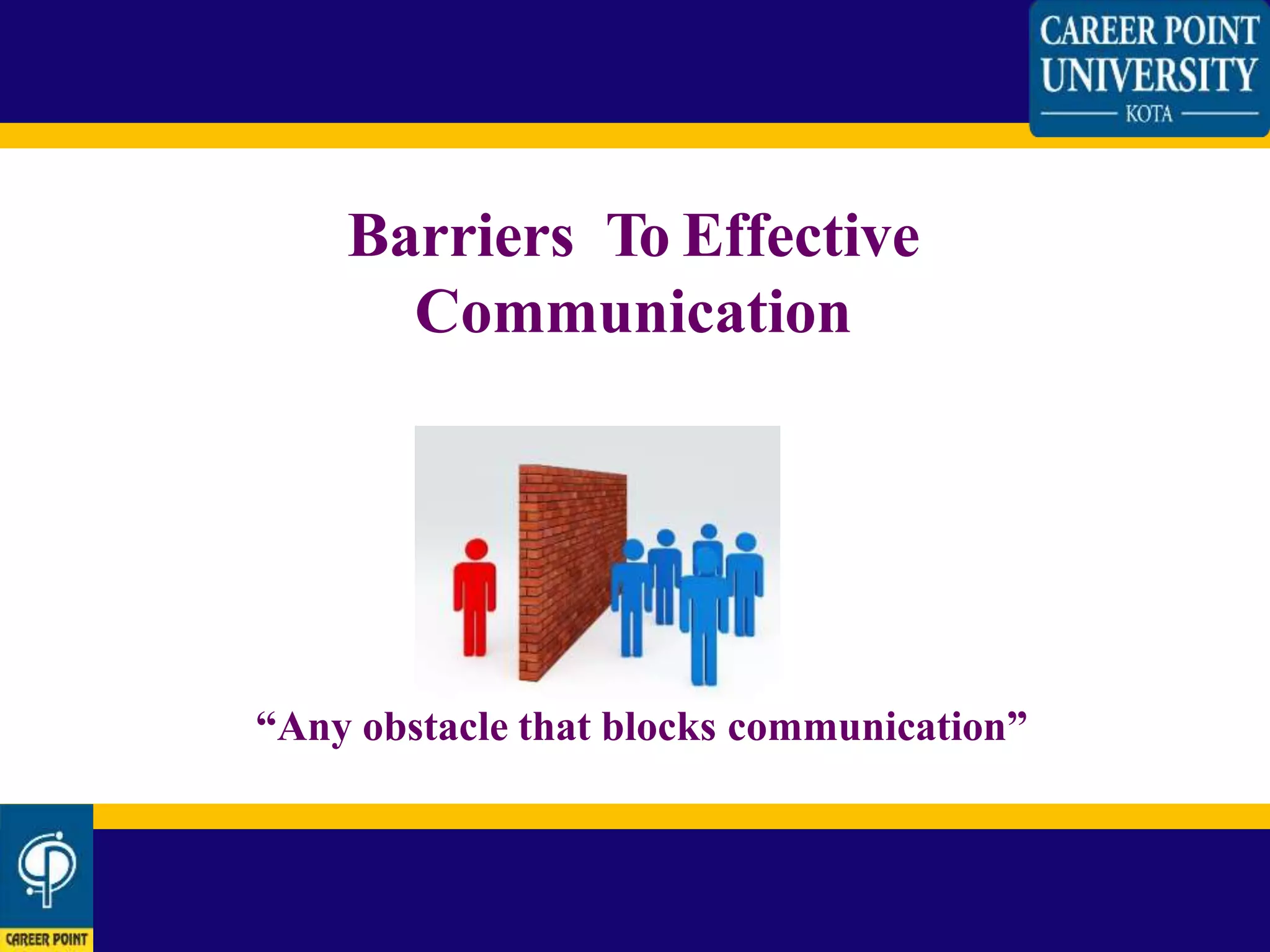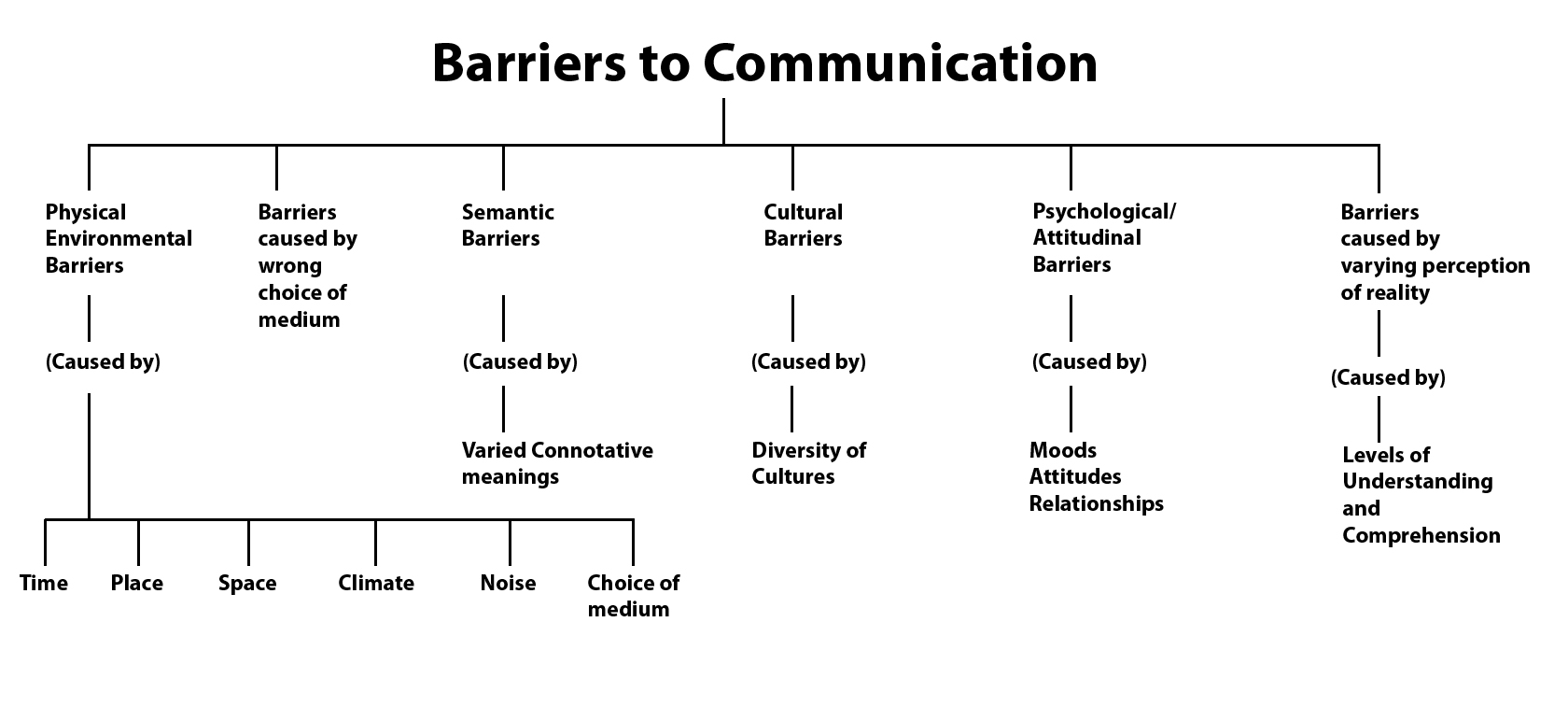Barriers To Effective Communication Pdf
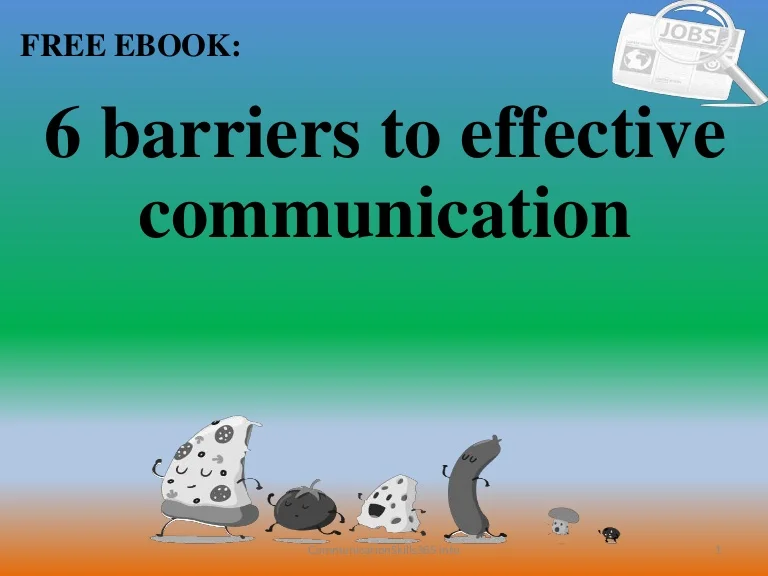
In an era defined by interconnectedness and instant information, the stark reality is that effective communication remains a significant hurdle across various sectors, from healthcare and education to business and international relations. A recent surge in demand for resources detailing these obstacles, specifically the search term "Barriers To Effective Communication Pdf," highlights a growing awareness and concern surrounding this pervasive issue.
This article delves into the complex web of barriers hindering clear and productive communication, drawing upon research, expert opinions, and publicly available data to illuminate the challenges and potential solutions. It examines the various types of barriers, their impact on different fields, and the strategies being developed to overcome them, ultimately aiming to foster a deeper understanding of how to navigate the communication landscape more effectively.
Understanding the Landscape of Communication Barriers
Communication barriers are multifaceted, encompassing everything from physical distractions and language differences to psychological factors and organizational structures. These obstacles can distort messages, create misunderstandings, and ultimately impede progress. Identifying and addressing these barriers is crucial for fostering collaboration, building trust, and achieving desired outcomes.
Physical Barriers
Physical barriers are the most readily identifiable and often the easiest to address. Noise, poor lighting, uncomfortable temperatures, and physical distance can all disrupt the communication process. These barriers are especially relevant in settings like construction sites, manufacturing plants, and even open-plan offices where distractions are prevalent.
Psychological Barriers
Psychological barriers are rooted in the attitudes, beliefs, and perceptions of individuals. These barriers include biases, stereotypes, lack of trust, and emotional states. For example, a manager who distrusts their team may misinterpret their communication, leading to conflict and reduced productivity. Active listening and empathy are crucial for overcoming these barriers.
Language and Semantic Barriers
Language barriers extend beyond simply speaking different languages. Jargon, technical terms, and ambiguous language can create confusion even among individuals who share a common language. Clear, concise, and audience-appropriate language is essential for effective communication. Translating technical jargon into layman's terms is critical in many fields, especially healthcare.
Organizational Barriers
Hierarchical structures, lack of transparency, and inadequate communication channels can all impede the flow of information within organizations. Top-down communication, without opportunities for feedback, can lead to disengagement and misunderstandings. Creating open communication channels and fostering a culture of feedback are essential for overcoming these barriers.
Impact Across Sectors
The consequences of ineffective communication are far-reaching, impacting various sectors and industries in significant ways.
Healthcare
In healthcare, miscommunication can have life-threatening consequences. Misunderstandings between doctors, nurses, and patients can lead to medication errors, incorrect diagnoses, and poor patient outcomes. Clear and concise communication protocols, along with cultural sensitivity training, are vital for improving patient safety.
"Effective communication in healthcare is not just about conveying information, it's about building trust and ensuring that patients feel heard and understood," says Dr. Emily Carter, a leading healthcare communication expert.
Education
In education, communication barriers can hinder student learning and development. Language differences, cultural misunderstandings, and lack of rapport between teachers and students can create significant obstacles. Creating inclusive classrooms and providing culturally responsive teaching can help overcome these barriers.
Business
In the business world, ineffective communication can lead to decreased productivity, damaged relationships, and lost revenue. Misunderstandings between colleagues, unclear instructions from management, and poor customer service can all negatively impact the bottom line. Implementing clear communication strategies and fostering a culture of open communication are crucial for success.
Strategies for Overcoming Barriers
Addressing communication barriers requires a multifaceted approach, involving both individual and organizational efforts. Here are some strategies that have proven effective:
Active Listening: Paying close attention to the speaker, asking clarifying questions, and providing feedback to ensure understanding. Active listening involves not only hearing the words but also understanding the underlying message and emotions.
Clear and Concise Language: Using simple, straightforward language that is easily understood by the audience. Avoiding jargon, technical terms, and ambiguous language is essential.
Empathy and Cultural Sensitivity: Understanding and respecting different perspectives and cultural norms. Recognizing that communication styles vary across cultures and adapting accordingly.
Feedback Mechanisms: Establishing channels for feedback to ensure that messages are received and understood as intended. Encouraging open dialogue and providing opportunities for clarification.
Technology and Training: Utilizing technology to enhance communication and providing training to improve communication skills. Investing in communication tools and training programs to equip individuals with the skills they need to communicate effectively.
Looking Ahead
As the world becomes increasingly interconnected, the importance of effective communication will only continue to grow. By understanding the barriers that hinder communication and implementing strategies to overcome them, individuals and organizations can foster collaboration, build trust, and achieve their goals. The ongoing demand for resources like "Barriers To Effective Communication Pdf" indicates a growing recognition of this critical need, signaling a positive step toward a more communicative and understanding future. Further research and development of innovative communication strategies are crucial to navigate the complexities of the modern world and ensure that communication serves as a bridge, not a barrier.

